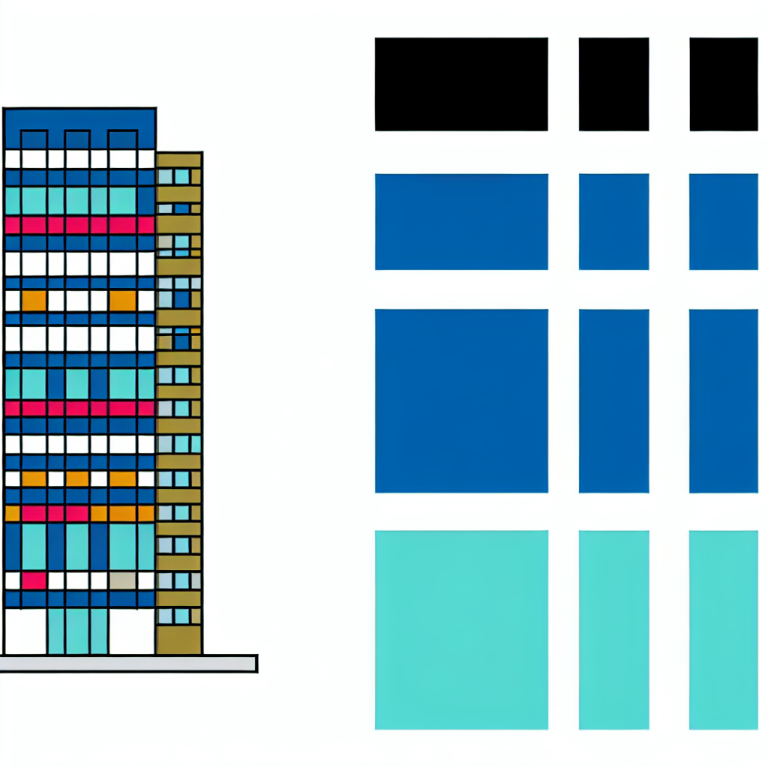The widespread use of images in our digital world has not only transformed the way we consume information, but it has also amplified gender bias in various aspects of society. A recent study conducted by researchers has shed light on the prevalence of gender bias in online images, compared to text, and the implications this has on societal perceptions and beliefs.
The study, which analyzed over one million images from platforms such as Google, Wikipedia, and IMDb, found that gender bias was consistently more prevalent in images than in text when it came to categories that were gender-typed, such as nurse or banker. This means that the images associated with these categories tended to reinforce traditional gender norms and stereotypes, with women being significantly underrepresented compared to men. This disparity in representation was found to be even worse in images than in text, despite efforts to promote gender equality in online content.
The impact of this gender bias in online images goes beyond mere representation; it also has psychological effects on individuals who consume this content. People process visual information more quickly and memorably than text, which means that the gender biases present in online images are more likely to be internalized and perpetuated. This was further supported by a nationally representative experiment that showed participants’ beliefs about certain occupations were significantly influenced by the gender bias present in the images they viewed, rather than in textual descriptions.
As images continue to dominate the online landscape, it is crucial to address the societal implications of this shift towards visual communication. By acknowledging and challenging the gender biases present in online images, we can work towards creating a more fair and inclusive future for the internet. This includes promoting diversity and representation in visual content, as well as encouraging critical thinking and awareness of the biases that may be present in the images we consume.
In conclusion, the rise of images online has significantly exacerbated gender bias, both in terms of statistical prevalence and psychological impact. As we navigate this visual-dominated digital world, it is important to be mindful of the ways in which gender biases are perpetuated through online content, and to work towards creating a more equitable and inclusive online environment for all.
Source: https://www.nature.com/articles/s41586-024-07068-x




